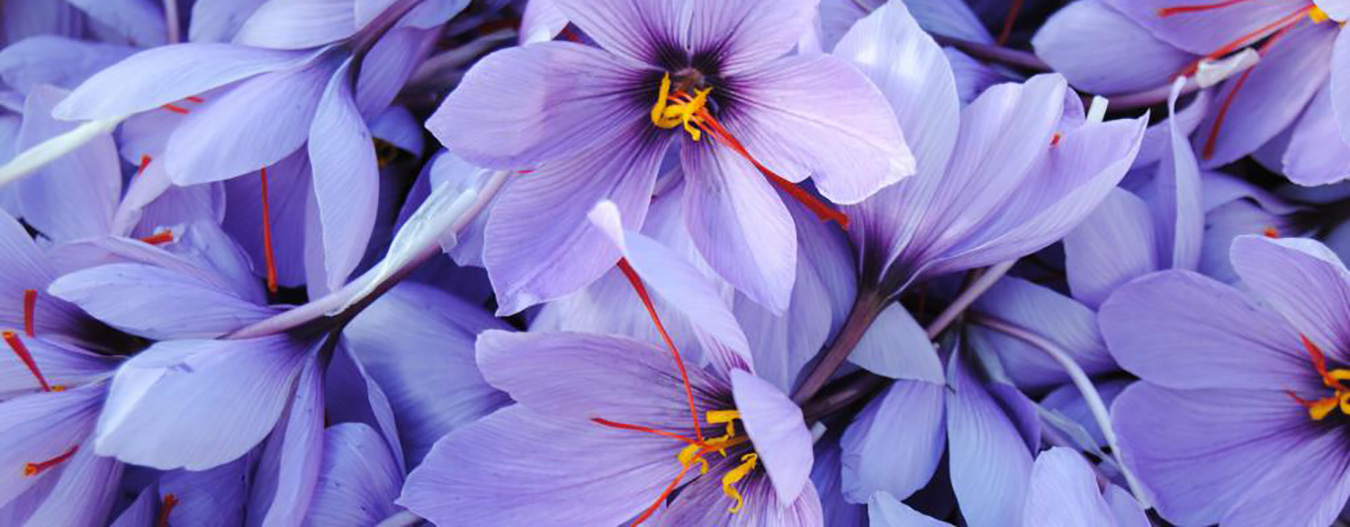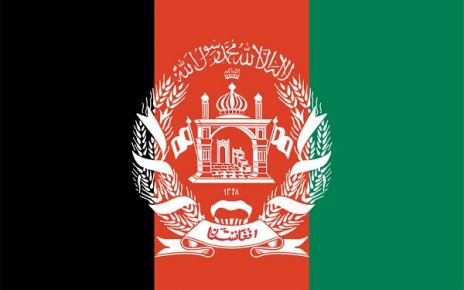Saffron Types
The Bunch (or Red & White) Saffron
The bunch saffron is the main and most basic type of saffron, which is obtained by placing all parts of a saffron thread (including the stigma and style) besides each other and drying them. The style part is usually 3 to 5 mm. And depending on the quality of saffron, the stigma part can be longer or shorter. The coloring power of the Bunch saffron is between 120 and 150.
The Pushal Saffron
The Pushal saffron is, in fact, the red stigma part of a saffron thread along with 1 to 3 mm of the yellow style part. Since there is a greater proportion of stigma in this type of saffron than in the Bunch saffron, its coloring power is also higher, and ranges between 170 and 250 units depending on its quality. Some people have more confidence in this type of saffron because of its stigma being attached to the style, which reduces its likelihood of being adulterated.
Allred or Cope Saffron
The All-Red saffron is actually what most people think of when they hear the word “saffron”. In this type of saffron, the style part (root) is completely removed, and the completely red stigmas, apart from each other, form the pure saffron. In addition to Sargol, the names: Sarqalam (Stem Tip), Sarrisheh (Root Tip), and Momtaaz (Superior) are also used to name this type of saffron. From among the above-mentioned types of saffron, the coloring power of the all-red saffron is more than that of the rest, and ranges between 210 and 260 units.
The Negin Pushal Saffron
The Negin Pushal saffron is, in fact, a special kind of saffron, in which three-pronged threads of red and thick stigmas without their yellow-colored style parts are separated from existing threads to produce bulky Saffron. The Negin Pushal Saffron is the most sumptuous and expensive type of saffron, and has the highest coloring power, which is between 230 and 270.
Konj or White Saffron
After separating the All-Red saffron from the bunch, what remains is the root part, which is called white saffron or Konj in Iran. This part is known as white or style in Europe. Some people suppose that Konj (white) is more fragrant than Sargol (the all-red part) is. But quite contrarily, scientific studies show that the valuable nutrients of saffron are only hidden in its red stigmas. These nutrients (especially crocin as a color agent in saffron) are transferred from the stigma to the style due to their movement in the plant tissue. And due to the higher moisture content of the style, it apparently seems more fragrant. The Konj (or white part) of Saffron is not classified as a variety of saffron. But it has attracted attention due to its beautiful color and appearance and the fact that it is impossible to adulterate it.








